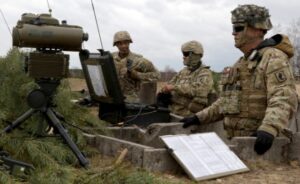
The Army has awarded a pair of deals to Palantir Technologies [PLTR] and Raytheon Intelligence & Space [RTN] to support development and software maturation for the Tactical Intelligence Targeting Access Node (TITAN) system. Each company received Other Transaction Authority agreements worth $8.5. million to work over the next year on system-level design and integration for the future intelligence ground station, before selecting one vendor to move onto the program’s second phase. “TITAN will be a crucial component to enable deep…

 By
By 











